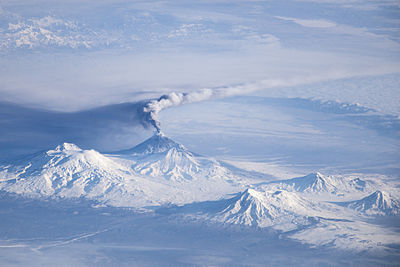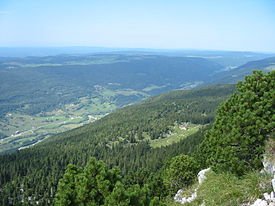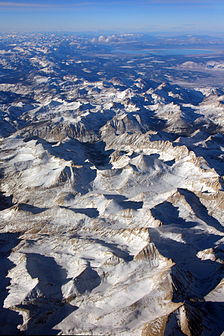MOUNTAINS: KNOWLEDGE AND FINDINGS
MOUNTAINS
When I was a little boy, my mother used to take to a place where she called mountain. There we had prayer sessions that lasted for three days (usually Friday to Sunday). We had breaks in between prayer sessions and that was the little time I had a kid to explore my environment.
It didn’t take me very long to come to the conclusion some conclusions:
Mountains are usually high and vary in altitude.
The path to the peak of the mountain is usually rocky and long.
The atmosphere at the peak of the mountain is thin depending on the altitude of the peak.
The weather is very cold at night (still baffles me).
Seeing this week’s topic for @prosperousrex contest made me happy. Not because I have visited mountains a lot but because I have a little knowledge based on findings and research (thanks to natgeowild).
Mountains have been around for as long as man has been on earth. Speaking biblically, remember when GOD wiped the earth using rain that lasted for 40 days and nights.
If I remember correctly, the ark GOD told noah to build rested on a Mount Ararat, when the flood subsided. This is to show you that mountains have been around for a long time.
They are formed by the actions of dead plant materials and decayed or decaying substance. Then Mother Nature does her work with time and her forces (wind, sun and water). Gradually these processes give birth to mountains.
Not all types of mountains are formed by this exact process.
The other types of mountains will be detailed below:
Volcanic Mountains
Fold Mountains
Block Mountains
VOLCANIC MOUNTAIN
Above is a picture of Mount Vesuvius
Movements of tectonic plates create volcanoes along the plate boundaries, which erupt and form mountains. A volcanic arc system is a series of volcanoes that form near a subduction zone where the crust of a sinking oceanic plate melts and drags water down with the subducting crust.
Most volcanoes occur in a band encircling the Pacific Ocean (the Pacific Ring of Fire), and in another that extends from the Mediterranean across Asia to join the Pacific band in the Indonesian Archipelago.
The most important types of volcanic mountain are composite cones or stratovolcanoes (Vesuvius, Kilimanjaro and Mount Fuji are examples) and shield volcanoes (such as Mauna Loa on Hawaii, a hotspot volcano).
FOLD MOUNTAIN
When plates collide or undergo subduction (that is – ride one over another), the plates tend to buckle and fold, forming mountains.
Most of the major continental mountain ranges are associated with thrusting and folding or orogenesis. Examples are the Jura and the Zagros mountains.
BLOCK MOUNTAINS
When a fault block is raised or tilted, block mountains can result. Higher blocks are called horsts and troughs are called grabens. A spreading apart of the surface causes tensional forces.
When the tensional forces are strong enough to cause a plate to split apart, it does so such that a center block drops down relative to its flanking blocks.
An example is the Sierra Nevada Range, where delamination created a block 650 km long and 80 km wide that consists of many individual portions tipped gently west, with east facing slips rising abruptly to produce the highest mountain front in the continental United States.
Well that is all i have to share with you all for now. When i am chanced to go to a mountain, i will share photos with you (as i couldn't do that when i was a boy).
Thanks to @prosperousrex for the opportunity to participate in this contest.

.jpg)


